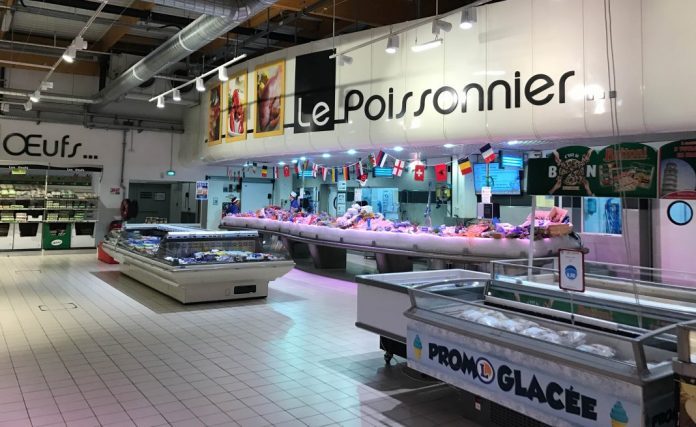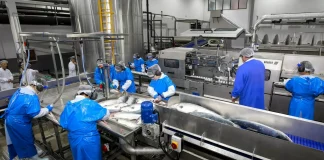Contract drought can cause extensive problems.
The Lerøy Q2 result was weaker than expected. The stock price plunged. During the presentation of the figures, CFO Sjur Malm pointed to a high share of contracts – and low spot price exposure – as an explanation for low price achievement in what had otherwise been a bonanza quarter for the industry.
“You cannot sell salmon to Carrefour and WalMart without contracts,” was muttered among the audience in the main hall at Hotel Scandic Flesland.
One could just as easily add Lerøy customers Tesco, IKEA, Youngs Seafood, Deutsche See, Aldi, Costco, Mercadona and Intermarché. Long contracts at fixed prices are absolutely essential to get shelf space with the big salmon buyers.

Swing
The large supermarket chains cannot deal with spot prices, which can fluctuate between ten and 20 per cent in a week. They have long term plans, and must have predictability. The calculations for purchases and sales campaigns cannot be changed from week to week. Grocery is a low-margin business. They must have stable framework conditions. If they don’t get it, they also can’t offer the goods to millions of end customers.
The big fish Lerøy, or Mowi and SalMar for that matter, do not have the flexibility that small farmers have by opportunistically selling everything they have in the spot market.
Earlier this week, Lerøy director Stig Nilsen announced layoffs at the company’s slaughterhouses, as Lerøy cannot take the chance of entering into fixed-price contracts.
“Now there will be a full stop. In the coming days, we may have to send out layoff notices. Many hundreds of people become unemployed. It’s absolutely too damned,” said Stig Nilsen.
Echo
It is like hearing an echo from other fish farming companies and exporters. None of them are now taking the chance of entering into long contracts, as from the new year the fish farming companies have been promised resource rent tax based on a so-called “standard price” or spot price.
So if the exporting company enters into a one-year agreement for delivery at, say, EUR 7/kg, the company must still pay full tax if the salmon price next year rises as high as it did this spring – to over EUR 12/kg. The company thus takes on a massive extra risk, which is not particularly rational.
As the large fish farming groups are left to carry out day trading in the spot market, the contracts stop and layoffs of employees at slaughterhouses and processing become the next move.
In the next phase, market growth in the global salmon market will be hit. Norway is the market leader with around 60 percent of world production. If the large supermarket chains reduce their purchases and sales of salmon, Norway’s Finance Minister Trygve Slagsvold Vedum will probably also notice it on the tax income from the fish farming industry.









